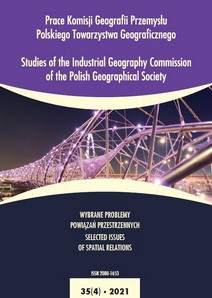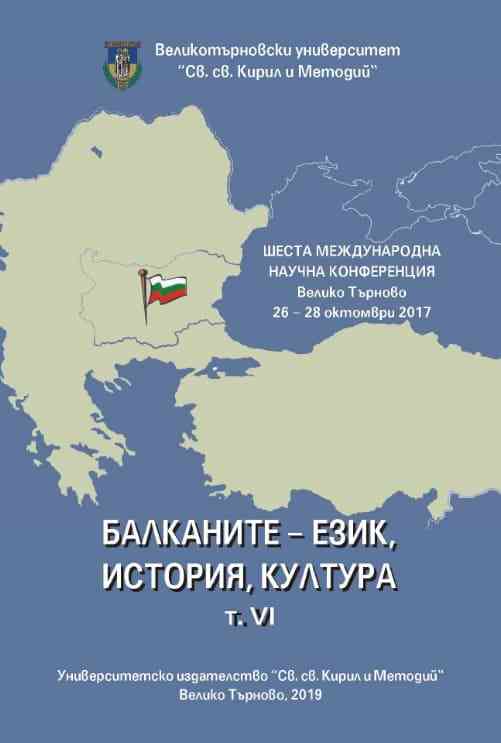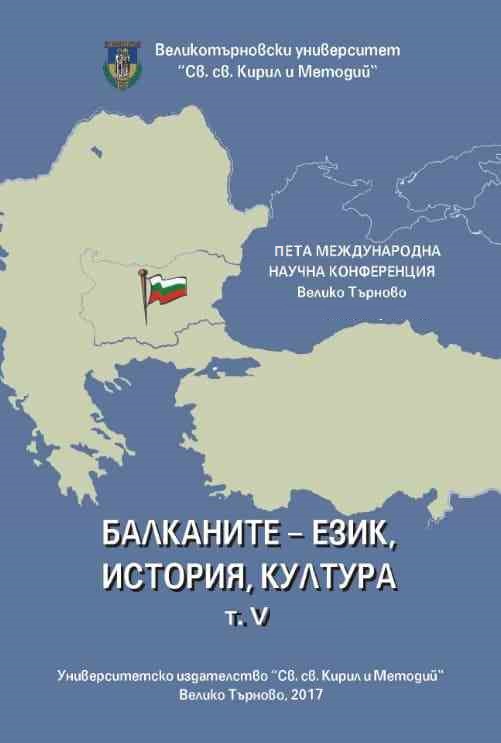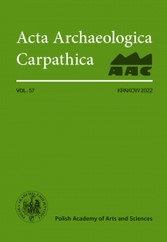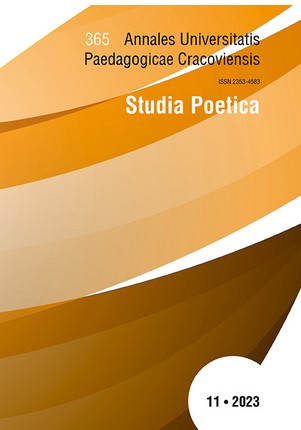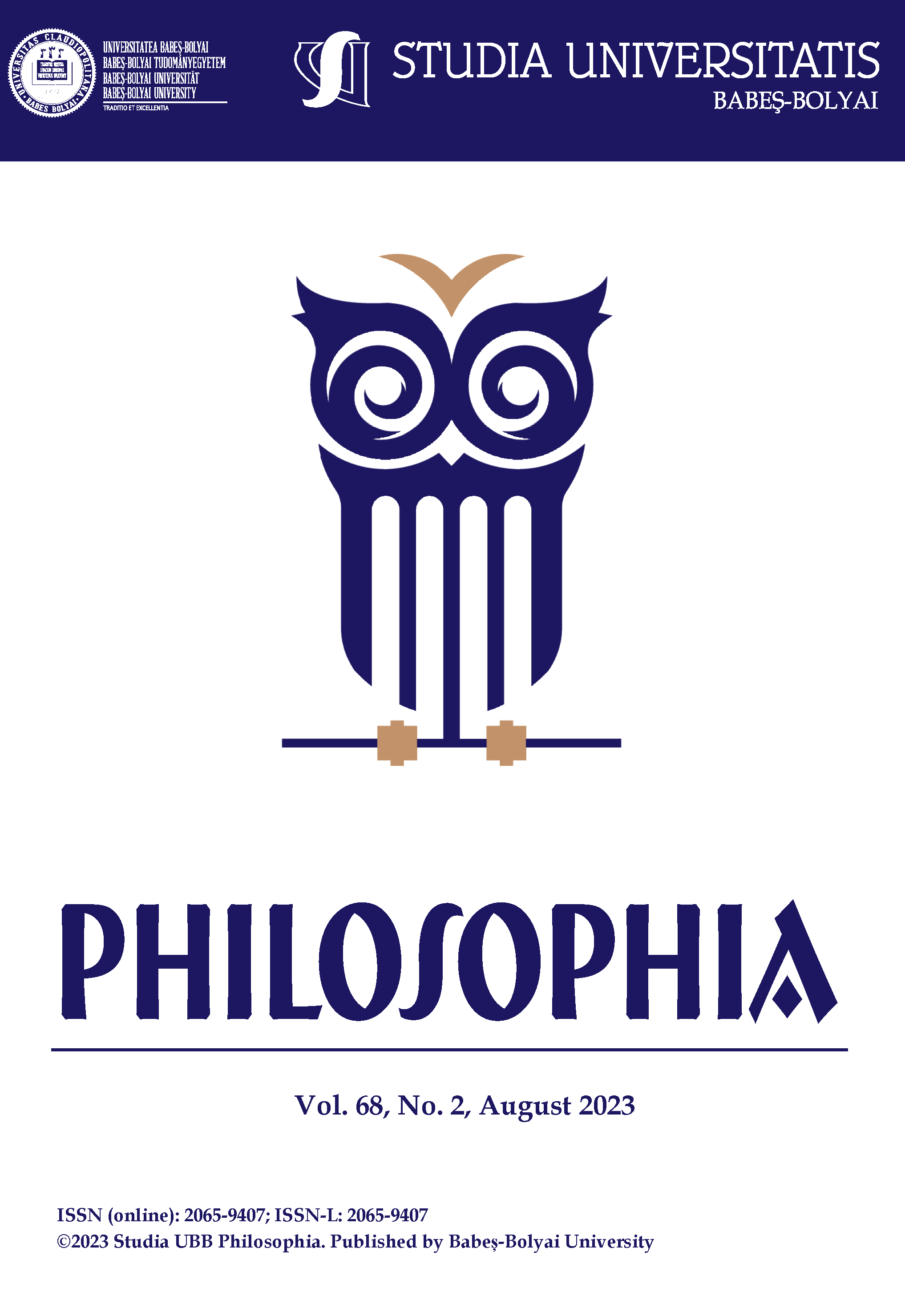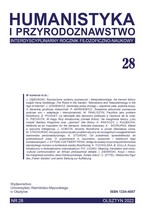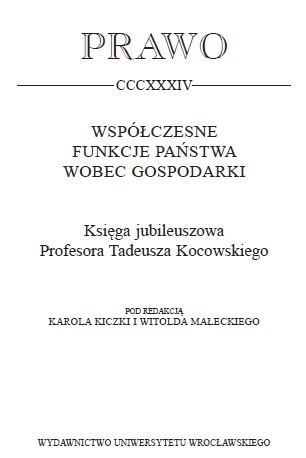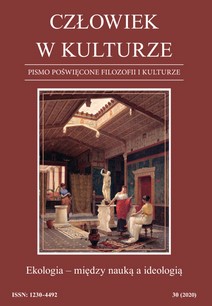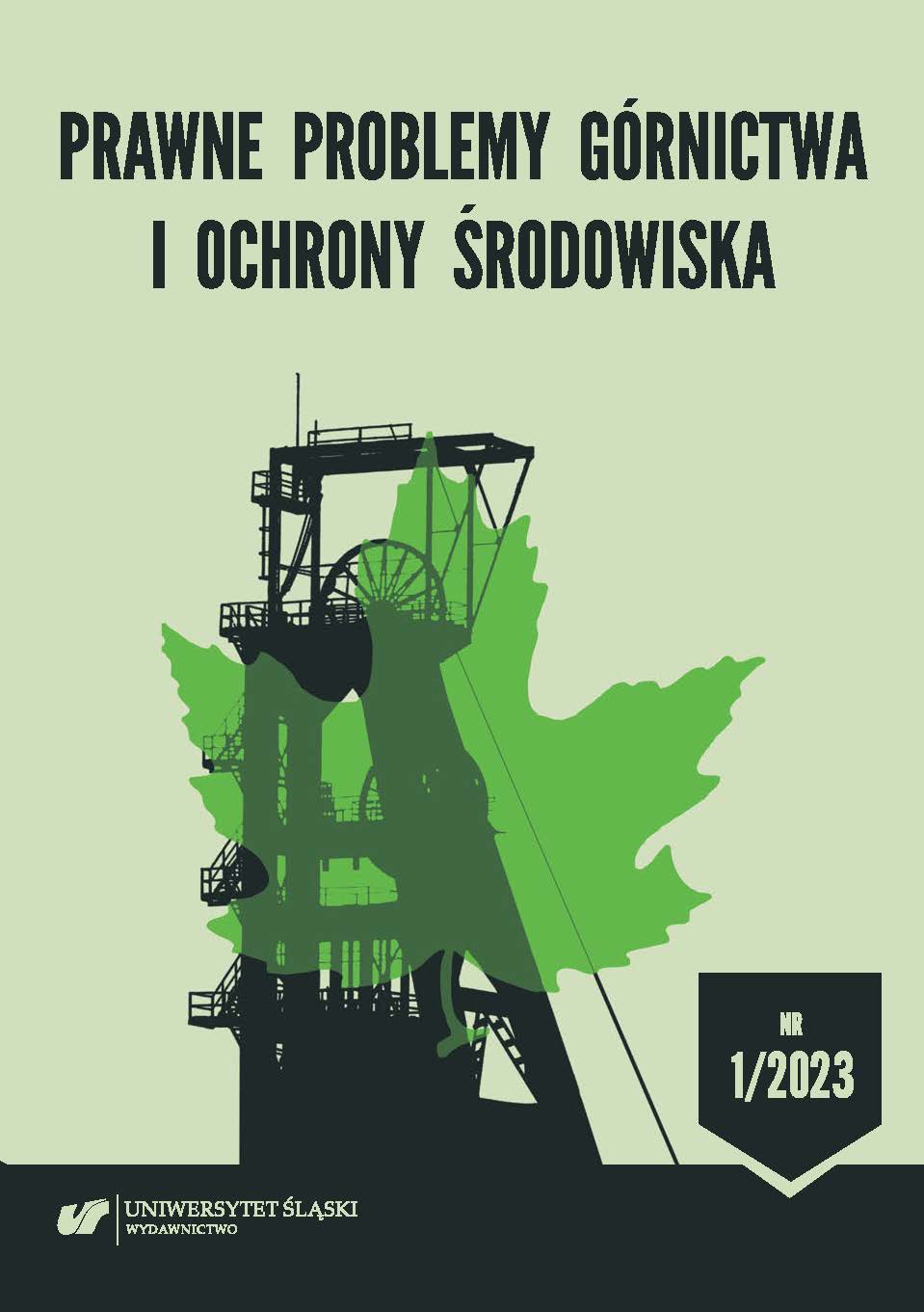Author(s): Priit Raudkivi / Language(s): Estonian
Issue: 2/2023
In Estonia and Latvia, the examination of the hydrological regime of inland water bodies has traditionally fallen within the purview of the natural sciences, relying heavily on meteorological measurement data. Systematic weather observations commenced in the mid-19th century, significantly influencing the temporal scope of scientific investigations. However, it is worth noting that systematic measurement data, stretching as far back as 1795 in the case of Riga, has been a valuable resource for Latvian researchers. Regrettably, Estonia lacks such a chronologically consistent dataset. The Latvian scientific community’s interest in the study of hydro regime is firmly grounded. The Daugava River, historically pivotal for Latvia, has undeniably shaped its social life, a fact that persists in various aspects even today. Latvia boasts a profusion of rivers; for instance, the Lielupe River and its tributaries wield considerable environmental influence on the societal fabric. Although the Estonian rivers exert a less pronounced impact through fluctuations in their water regime, their significance should not be dismissed. In light of the historical and cultural connection between Estonia and Latvia dating back to the 13th century, and the analogous templates used for preserving weather and climate records, it is reasonable to suggest that studies of their historical climate should proceed in tandem. Regrettably, there is currently no unified historical climate database encompassing both nations. Nonetheless, an opportunity arises to compare water regime oscillations in the inland water bodies of Latvia and Estonia. A noteworthy publication from 1960 provides a comprehensive overview of Daugava River floods from “time immemorial” until 1871. Drawing from written sources, the water levels of the Daugava have been classified into seven categories, ranging from catastrophically high to catastrophically low. Notably, the year 1709 witnessed the highest recorded spring flood. Subsequent years, including 1727, 1744, 1770, 1771, 1795, 1807, 1814, 1837, 1855, and 1862, were marked by extreme water levels. Two principal approaches can be employed to understand the disposition of floods. The first involves relying on measurement data, such as air temperature, air pressure, and precipitation. The second approach utilises written sources. In this article, we scrutinise the significant flood of the Daugava in April 1837 for three primary reasons. Firstly, instrumental data, encompassing air temperature and pressure, are available for both Riga and, fortuitously, Tartu. Comparing this data expands the geographical context for comprehending the flood’s nature. Secondly, an opportunity arises to compare synoptic situations using a visualised database provided by the German Meteorological Service, containing data for Northern Europe from 1836 onward. The third source comprises a substantial volume of contemporary journalistic material. Additionally, we can draw upon the chronicle reviews by the Latvian Lutheran clergy, which shed light on the flood’s disposition, the course of events, and the ensuing societal consequences. Regrettably, the journalistic coverage leans heavily toward the Latvian region. By focusing on the contributions submitted to newspapers, one might erroneously conclude that Estonia escaped the 1837 flooding relatively unscathed. However, a markedly different narrative emerges when consulting the materials from Ordnungsgericht courts in Tartu, Pärnu, Viljandi, Võru, Valga, Võnnu, Valmiera, and Riga, as published in the weekly magazine Das Inland. These official reports on flood-related damage underscore the substantial impact suffered by southern Estonia. Furthermore, these records reveal that the closer one ventures to Latvian territory, the more severe the losses become. This includes damage to infrastructure such as mills and dams, destruction of bridges, erosion of winter crops, and the deposition of a thick layer of sand and mud onto fields. Additionally, roads were inundated, making communication arduous for several weeks. All such damage has also been recalculated into monetary value.
More...
